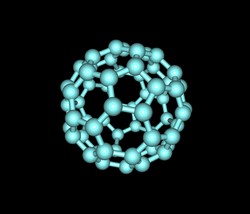Nanoparticles waste from surface treatment
Nanoparticles with dimensions smaller than 100 nanometres have a wide range of applications, but the effects on the environment and organisms have not been completely described yet. A major concern is over the health effects of breathable nanoparticles. There are also fears that the discharge of nanoparticles into rivers could be toxic for living species. Until recently, the only effective means of removing nanoparticles from industrial wastewater was through the application of energy intensive methods such as reverse osmosis. This is a water purification technology based on the use of a semi-permeable membrane. With EU funds of the project NANOFLOC (Electro-agglomeration and separation of engineered nanoparticles from process and waste water in the coating industry to minimise health and environmental risks), researchers have developed new technology for removing nanoparticles efficiently and cost-effectively. The new system combines two techniques. On the one hand, charged nanoparticles in solutions are agglomerated by applying electric fields and, on the other hand, nanosuspensions are stabilised with hydroxide flocs generated electrochemically. Flocs with nanoparticles are then separated for the wastewater. Among the advantages of the electro-coagulation process over conventional dosing of coagulants is the simplicity of equipment required. Moreover, without the addition of chemicals, the amount of coagulants dosed can be easily controlled by varying the electrical current applied. A pilot plant for the electrochemically-induced coagulation and separation of these agglomerations was designed and built, along with a reaction chamber and an intelligent process control unit. To evaluate the designs, researchers have investigated different nanoparticles and selected two for testing: titanium oxide and aluminium flakes. Tests on synthetic wastewater containing the selected nanoparticles were promising, showing 98 % reduction of nanoparticles' concentration after treatment. A mathematical model of the agglomeration and separation process was also developed that verified the results. The coating and dyeing industries that extensively use nanoparticles will benefit considerably from such a cost-effective and environmentally friendly technology. While preventing pollution, the NANOFLOC technology will encourage further development of innovative and safe nano-based products.







